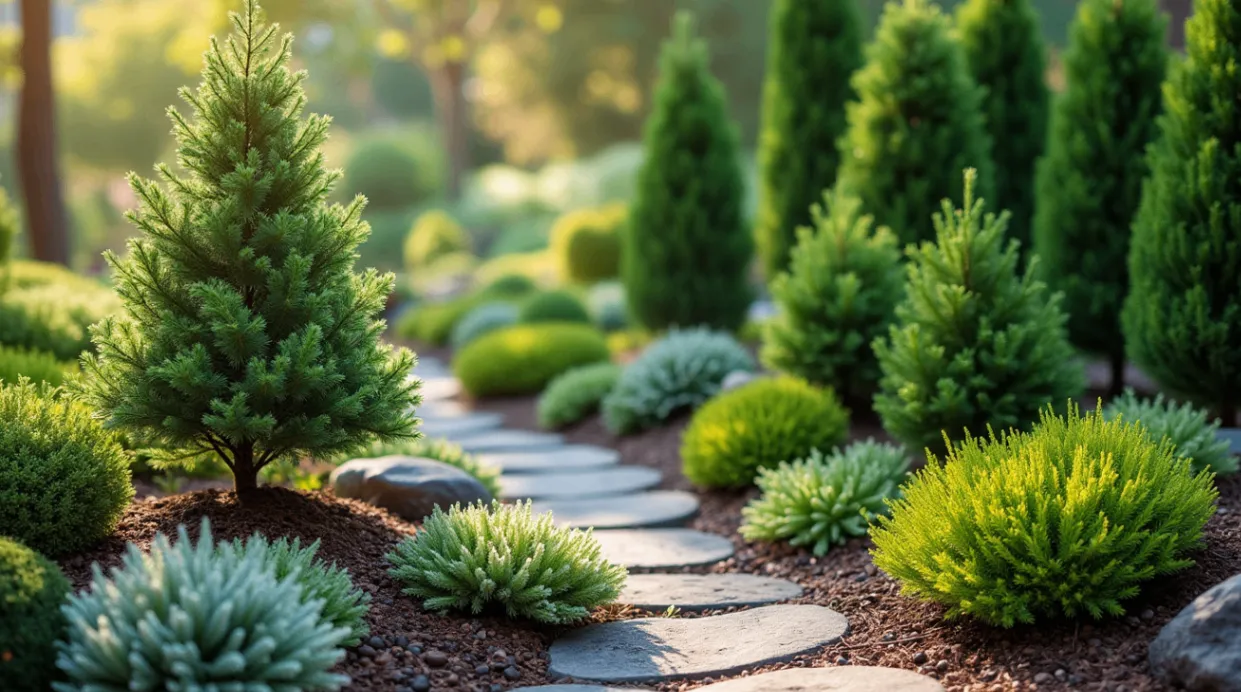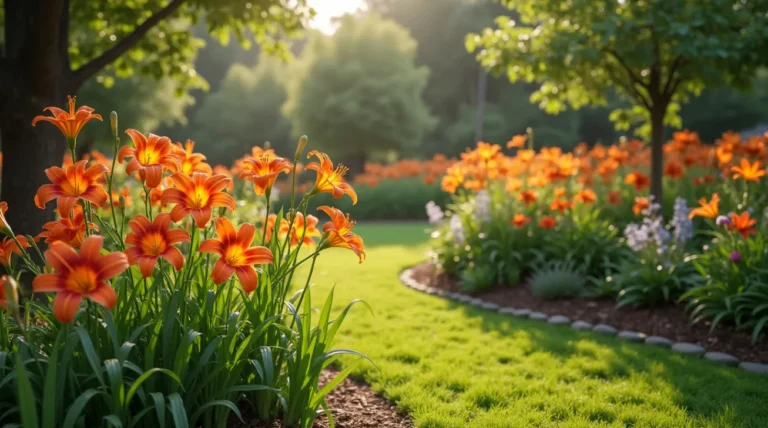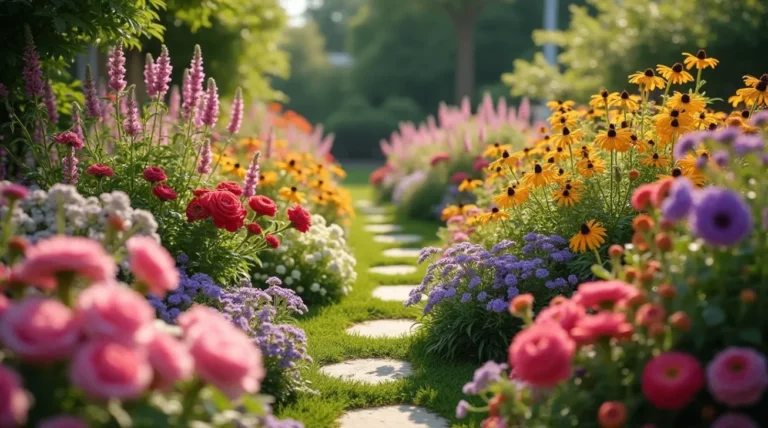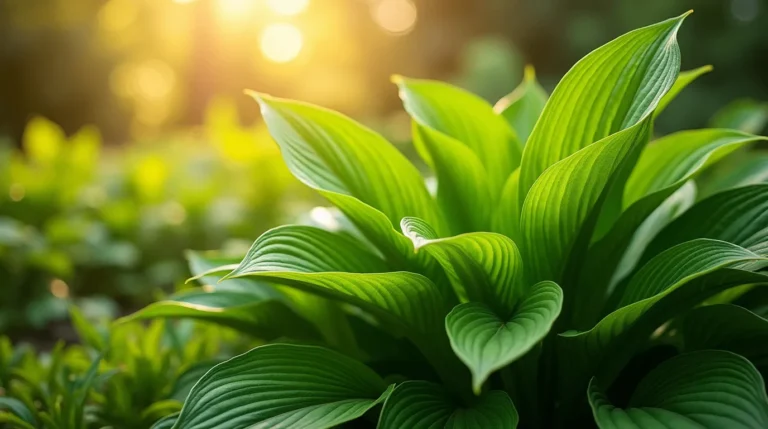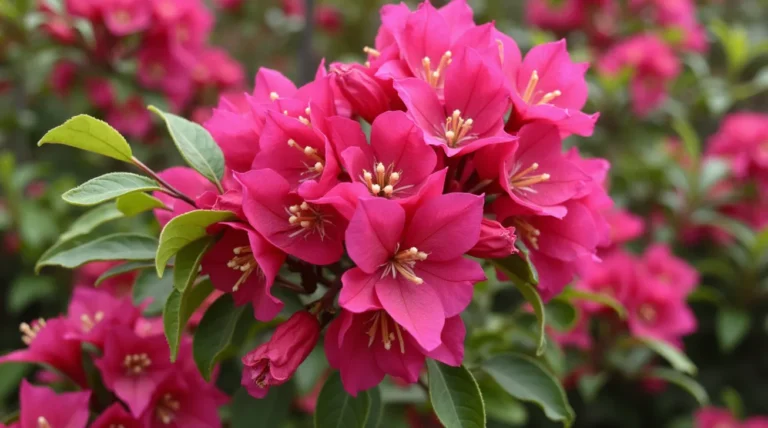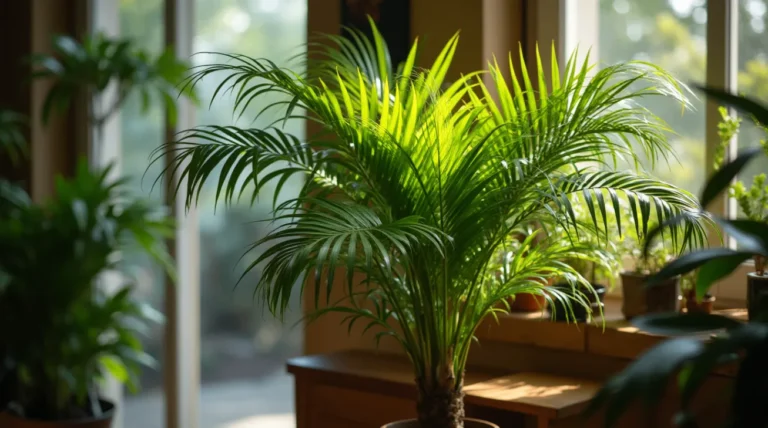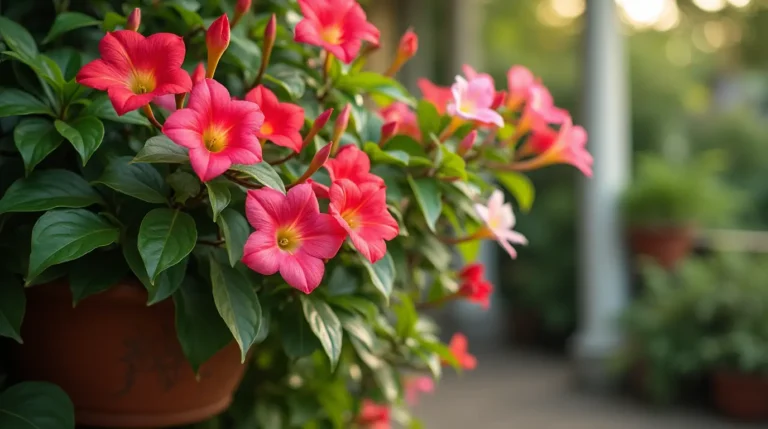Conifers: Why They’re The Best Choice For Winter Gardens
Table of Contents
Growing conifers can transform any landscape into a verdant, year-round sanctuary, providing both aesthetic appeal and practical benefits. As a diverse group of trees and shrubs, conifers come in various shapes, sizes, and colors, making them versatile choices for gardeners, botanists, nature enthusiasts, and landscape designers alike. Understanding the different types of conifers and their unique characteristics is essential for successful landscaping. In this guide, we will delve into essential tips and techniques for growing conifers, explore the multitude of benefits of conifers, and provide detailed conifer tree information to help you make informed decisions for your garden or project.
Introduction to Conifers
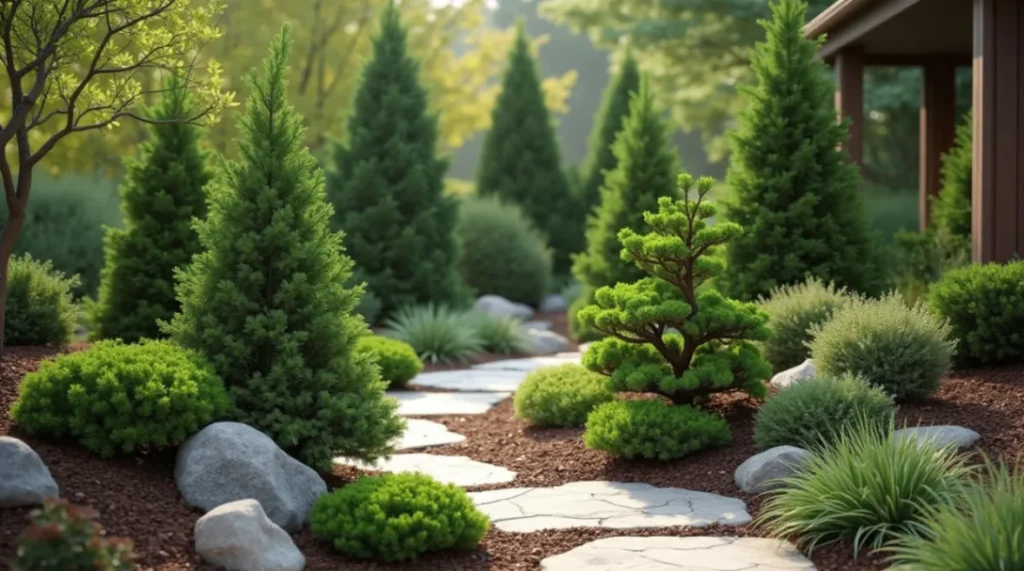
What Are Conifers?
Conifers are a group of cone-bearing trees and shrubs that include pines, firs, spruces, and cedars. They belong to the division Pinophyta and are primarily evergreen, meaning they retain their leaves throughout the year. The leaves of conifers are typically needle-like or scale-like, which helps reduce water loss and withstand harsh conditions. These plants are found in various habitats around the world, from cold alpine regions to temperate forests. Conifers are known for their unique reproductive process, producing seeds within cones rather than flowers. This distinctive trait sets them apart from other plant groups and plays a crucial role in their life cycle. Understanding what conifers are and their basic characteristics is essential for anyone interested in growing conifers or incorporating them into their landscape design.
Types of Conifers
Conifers come in a wide variety of types, each with distinct characteristics that make them suitable for different landscaping needs. Some common types of conifers include pines, spruces, firs, cedars, and junipers. Pines, for example, are known for their long, needle-like leaves and can grow to impressive heights, making them ideal for creating natural windbreaks. Spruces have a pyramidal shape and stiff, sharp needles, often used for ornamental purposes due to their symmetrical form. Firs are similar to spruces but can be distinguished by their softer needles and smooth bark. Cedars, with their aromatic wood and scale-like leaves, are often used for hedges and privacy screens. Lastly, junipers are versatile and hardy, with varieties ranging from ground covers to large trees. Understanding the different types of conifers and their unique attributes will help you choose the right species for your landscaping project.
Benefits of Conifers
Conifers offer numerous benefits that make them valuable additions to any landscape. One of the primary benefits of conifers is their year-round greenery, which provides constant visual appeal and helps maintain privacy even in winter. Additionally, their dense foliage acts as a natural windbreak, protecting gardens and structures from harsh winds. Conifers also play a crucial role in improving air quality by absorbing carbon dioxide and releasing oxygen. Their root systems help prevent soil erosion, making them ideal for stabilizing slopes and other vulnerable areas. Furthermore, conifers require relatively low maintenance once established, as they are generally drought-tolerant and resistant to pests. They can also provide habitat and food for wildlife, enhancing biodiversity in your garden. Whether for aesthetic purposes or practical benefits, incorporating conifers into your landscape can significantly enhance its functionality and beauty.
Planting and Growing Conifers
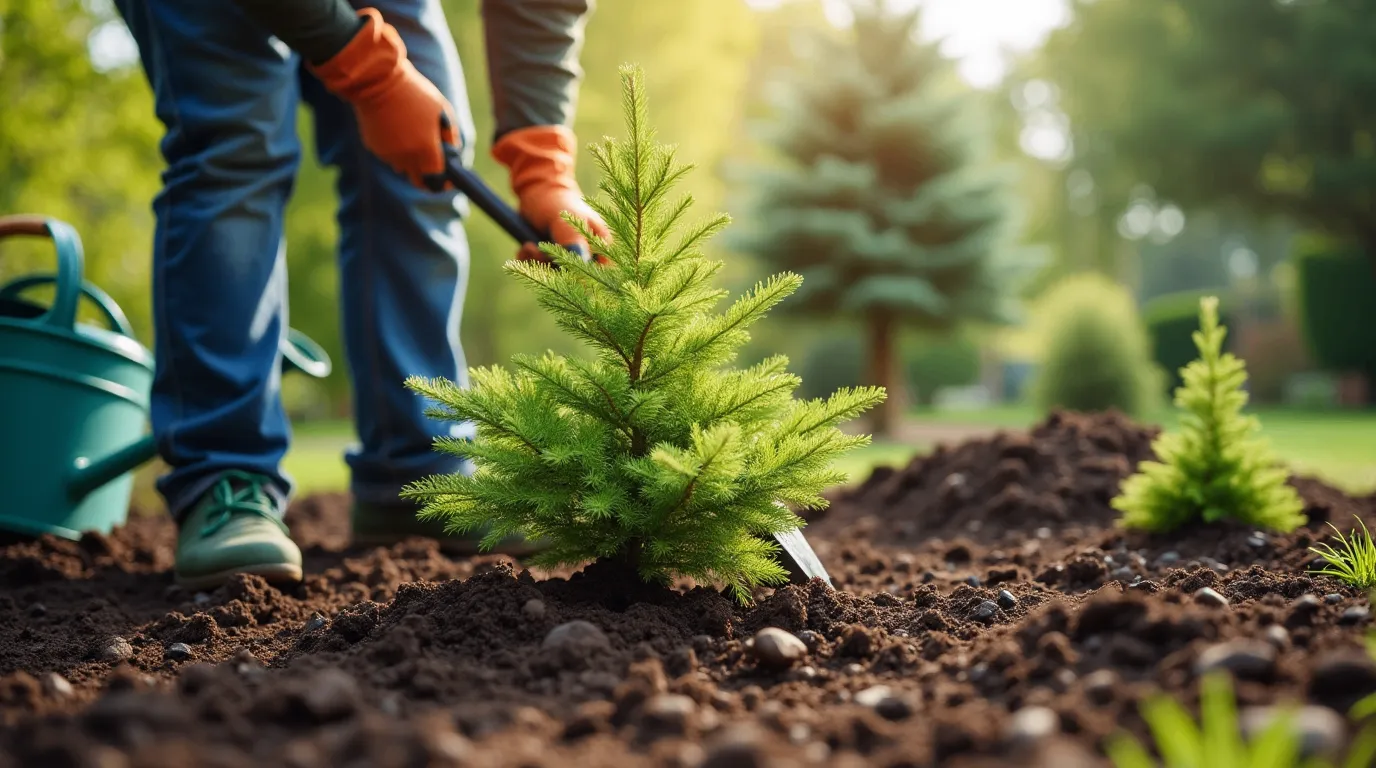
Choosing the Right Location
Selecting the right location is crucial for the successful growth of conifers. These trees and shrubs typically thrive in well-drained soil and areas with ample sunlight. While some types of conifers can tolerate partial shade, most prefer full sun to ensure robust growth. It’s also important to consider the mature size of the conifer when choosing a location. Ensure there is enough space for the tree or shrub to grow without crowding other plants or structures. Additionally, conifers should be planted away from structures like homes and power lines to avoid potential damage from their extensive root systems and large canopies. Proper spacing is essential to allow for air circulation, which helps prevent disease. Taking the time to choose the right location will set the foundation for healthy, thriving conifers in your landscape.
Soil Preparation Tips
Proper soil preparation is essential for growing conifers successfully. Start by testing the soil to determine its pH level; most conifers prefer slightly acidic to neutral soil, with a pH range of 5.5 to 7.0. If the soil is too alkaline, you can amend it with organic matter like compost or peat moss to lower the pH. Good drainage is crucial, as conifers do not tolerate waterlogged soil. You can improve drainage by incorporating sand or gravel into the planting area. Additionally, loosen the soil to a depth of about 12 to 18 inches to encourage root penetration and growth. Mixing in organic matter will also enhance soil fertility and structure, providing essential nutrients for the conifers. By taking these steps to prepare the soil, you create a conducive environment for your conifers to establish strong roots and thrive.
Watering and Maintenance
Proper watering and maintenance are vital for the health and growth of conifers. Initially, newly planted conifers require consistent watering to establish their root systems. Water thoroughly Water thoroughly once a week, making sure the soil stays moist without becoming waterlogged. As the conifers mature, they become more drought-tolerant and will require less frequent watering. However, during extended dry periods, additional watering might still be needed.
Mulching around the base of the conifers can help retain soil moisture, regulate soil temperature, and suppress weeds. Use organic mulch like bark chips or pine needles, applied in a layer about 2 to 3 inches thick.
Regularly inspect your conifers for signs of pests or diseases, such as discolored needles or unusual growth patterns. Trim any dead or diseased branches to keep the tree healthy and looking its best. By following these watering and maintenance tips, your conifers will continue to thrive and enhance your landscape for years to come.
Landscaping with Conifers
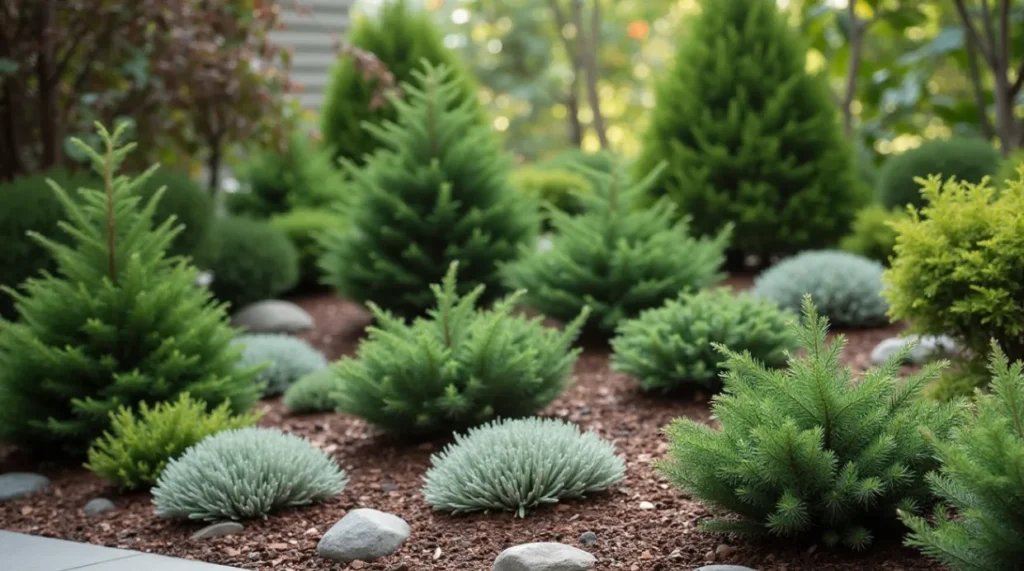
Design Ideas and Tips
Incorporating conifers into your landscape design can add structure, color, and year-round interest. One effective strategy is to use conifers as focal points or anchor plants in your garden. Their varying shapes and sizes can create visual interest and guide the eye through the landscape. For example, tall, columnar conifers like Italian cypress can frame entryways, while low-growing junipers can define pathways.
Mixing different types of conifers can add texture and depth. Consider pairing needle-like pines with the softer, fan-shaped foliage of cedars. Additionally, using conifers with varying shades of green, blue, and even gold can provide contrast and highlight different areas of your garden.
Conifers also work well in mixed borders with flowering plants. Their evergreen nature offers a consistent backdrop that enhances the seasonal blooms of perennials and annuals. Implementing these design ideas and tips will help you create a cohesive and visually appealing landscape with conifers.
Companion Plants for Conifers
Choosing the right companion plants for conifers can enhance the overall aesthetic and health of your landscape. Perennials and shrubs that thrive in similar conditions make excellent companions. For example, hostas and ferns work well with conifers in shaded areas, adding lush foliage and texture. In sunnier spots, consider pairing conifers with ornamental grasses like blue fescue or sedge, which complement the needle-like foliage of many conifers.
Flowering perennials such as daylilies and astilbes can add seasonal color without overshadowing the evergreen backdrop provided by conifers. Ground covers like creeping thyme or vinca minor are also excellent choices, as they help suppress weeds and retain soil moisture.
Another option is to include deciduous shrubs like hydrangeas or azaleas, which provide vibrant blooms and seasonal interests that contrast beautifully with the year-round greenery of conifers. By selecting complementary companion plants, you can create a balanced and visually appealing garden.
Seasonal Care and Pruning
Seasonal care and pruning are essential to maintaining the health and appearance of your conifers. In the spring, inspect your conifers for any winter damage and prune dead or broken branches. This is also an excellent time to apply a balanced fertilizer to encourage new growth.
During the summer, monitor your conifers for signs of pests or diseases, such as discolored needles or unusual growth patterns. Adequate watering is crucial during hot, dry periods to prevent stress.
In the fall, remove any fallen leaves or debris around the base of the trees to reduce the risk of fungal infections. Fall is also a good time to mulch around the conifers to insulate the roots against winter cold.
Pruning should be done with care, as excessive pruning can stress the tree. Give priority to removing dead, diseased, or crossing branches. Lightly shaping conifers can help maintain their natural form and promote healthy growth. Proper seasonal care and pruning will ensure your conifers remain vibrant and thrive year-round.

